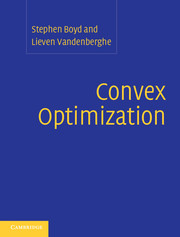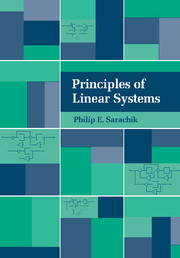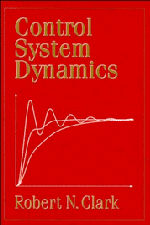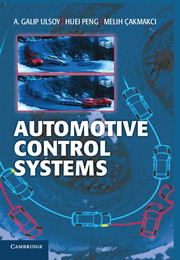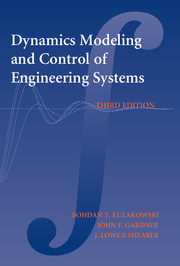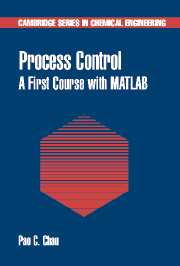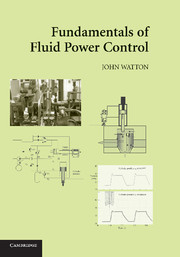Mobility is essential to the economic growth of any modern country and the well- being of its population. This is especially true for the United States because of its size and diffuse population. Without the efficient transport of people and goods, U.S. industries cannot compete effectively with overseas producers. However, the rapid growth in demand and the slower growth in the capacity of highway systems have led to congestion that is estimated to cost more than $40 billion annually. In 1970, motorists in the United States drove approximately 1 trillion vehicle-miles; by 1985, this had increased to 1.8 trillion vehicle-miles; and, by 2000, to 2.8 trillion vehicle-miles. These increases have led to serious congestion problems. For example, peak-hour traffic operating in congested conditions on urban Interstate highways increased from 40 percent in 1970 to nearly 70 percent in 1990. From 1982 to 2002, the vehicle-miles traveled increased by 79 percent, whereas highway-lane miles increased by only 3 percent. The number of roadways considered congested grew from 34 to 58 percent. However, construction of the more than 40,000 miles of the multilane, controlled-access Interstate Highway System essentially is completed. Major new construction, especially in dense urban areas, generally is not feasible and definitely cannot keep up with future traffic demand. Although some growth of the highway system is inevitable, the more efficient use of the existing system is essential.
In recent decades, there also have been tremendous changes in the areas of information technology, electronics, computers, and communications. The pace of these developments is simply astounding, and electronic devices have infiltrated every aspect of life, including vehicles (see Chapter 1). Intelligent Transportation Systems (ITS) (formerly known as Intelligent Vehicle Highway Systems [IVHS]), however, represent more than simply advances in automotive electronics. ITS incorporate a wide variety of electronic-based technologies, both on the vehicle and as part of the highway infrastructure, which collectively are moving the world into the next generation of highway operations. These technologies offer the promise of increased throughput on existing highways at reduced congestion levels as well as improved safety and convenience. The ITS vision encompasses smart (i.e., control, sensing, and communications) automobiles and highways collaborating for improved safety, mobility, trip quality, and productivity while also reducing congestion and environmental impact.
